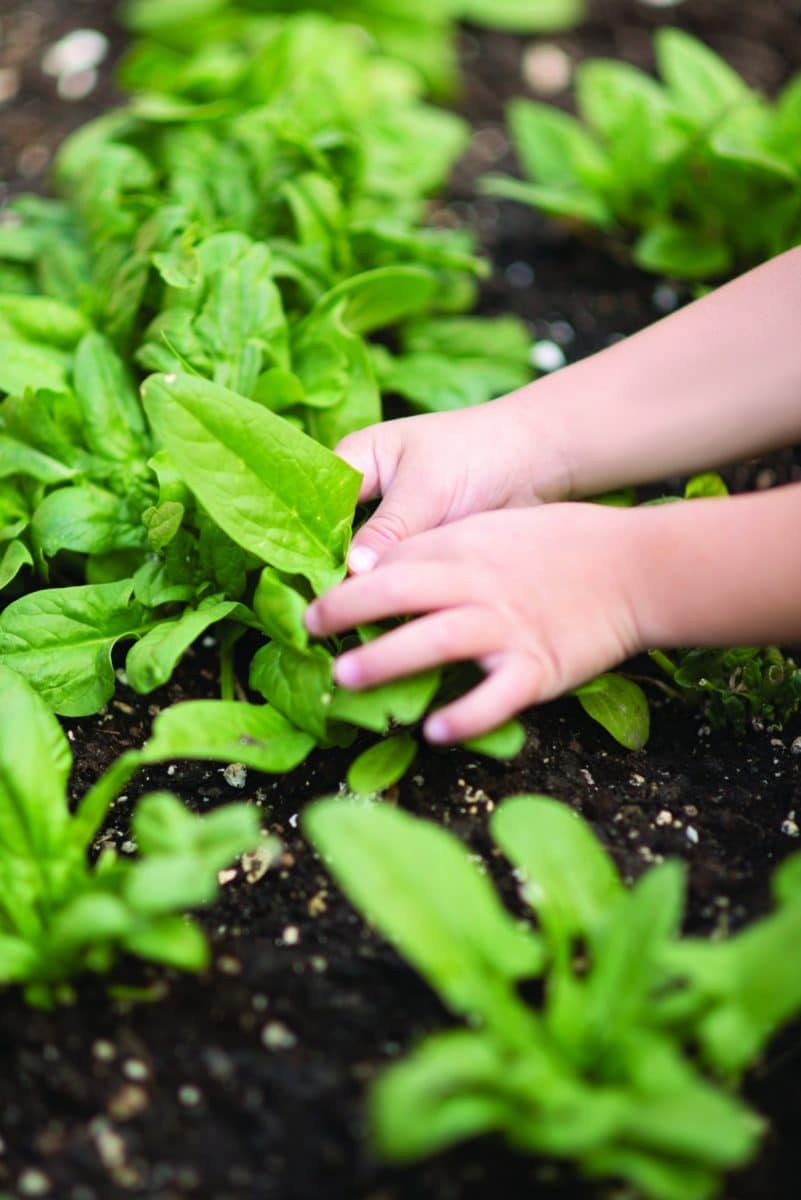Considering Plant Toxicity in Your Outdoor Classroom

A recent post-occupancy study of Nature Explore Outdoor Classrooms, by Dr. Samuel Dennis, revealed the power and importance of plant material in nature-rich outdoor spaces for children. Plantings in the outdoor classroom, “…supported a number of positive behavioral and emotional outcomes. These include self-calming, solitary experiences… help in recovery from overwhelming sensory stimuli, and a strong connection to a special place.”
We know plants are important, but selecting the right plants may feel overwhelming. However, with the right tools, direction and frame of mind, it can be a fun and rewarding experience. My next few blog posts will focus on improving your success with plant material in the outdoor classroom, and answering some of the frequently asked questions I get when working with groups who are just getting started.
When considering a particular plant you should be thinking about the physical properties and needs of that species. This includes things like height and width, sun orientation, plant hardiness, and general water needs. These characteristics are often listed on charts in plant books and on tags at nurseries. There is one critical piece of information that won’t be found on the nursery label: Is this plant poisonous? To add to the complexity of this question, the answer is often, “It depends.” So, how do you go about evaluating the appropriateness of different plants in outdoor environments for children?
1) Begin with Research
There are two published guides we like to reference: A Field Guide to Venomous Animals and Poisonous Plants (1994) by Foster & Caras and The AMA Handbook of Poisonous and Injurious Plants (1985) by Lampe & McCann. If you choose to use the internet to research plant toxicity, the most accurate sources are likely associated with university extension offices, or federal government agencies, such as the USDA. Botanical gardens and other research-focused institutions are also good sources of information. Your state or local university extension office may have a phone number where you can call in questions about toxicity. In addition to investigating which plants are negative, there are also published books and lists of plants that are most appropriate for children’s outdoor environments—plants which are not only nontoxic but also engage the senses in interesting ways. We like Robin Moore’s 1993 book, Plants for Play.
2) Understand “Toxicity”
Most plants will cause a negative reaction if enough is consumed. When evaluating the appropriateness of any given plant, find out what part of the plant is toxic. Is it a delicious looking red berry that might be tempting to eat, or is it the roots of the plant that aren’t even exposed? How much needs to be consumed to reach toxic levels in a child’s body? Also, consider what the reaction is—a minor skin rash or severe gastrointestinal issues?
3) When in Doubt
In addition to focusing on the plants themselves, consider the users or visitors. Are you selecting plants for an infant/toddler outdoor space, where anything and everything is likely to be tasted, or are you planting a pollinator garden at an elementary school? What is the anticipated supervision level? Is an adult likely to intervene before a child has time to consume toxic quantities of a particular plant? Your research is also likely to find that a particular plant is toxic to pets or cattle, but with no documented cases of human poisoning.
4) Be prepared
Alongside your first aid kit and poison control telephone number, keep a list of what is planted in your outdoor space. If you fear a child in your care has become ill due to plant toxicity, this information will help a poison control operator or 911 emergency medics in treating a sick child.
We’re interested to know what types of plants work in your outdoor classroom. Comment below!

